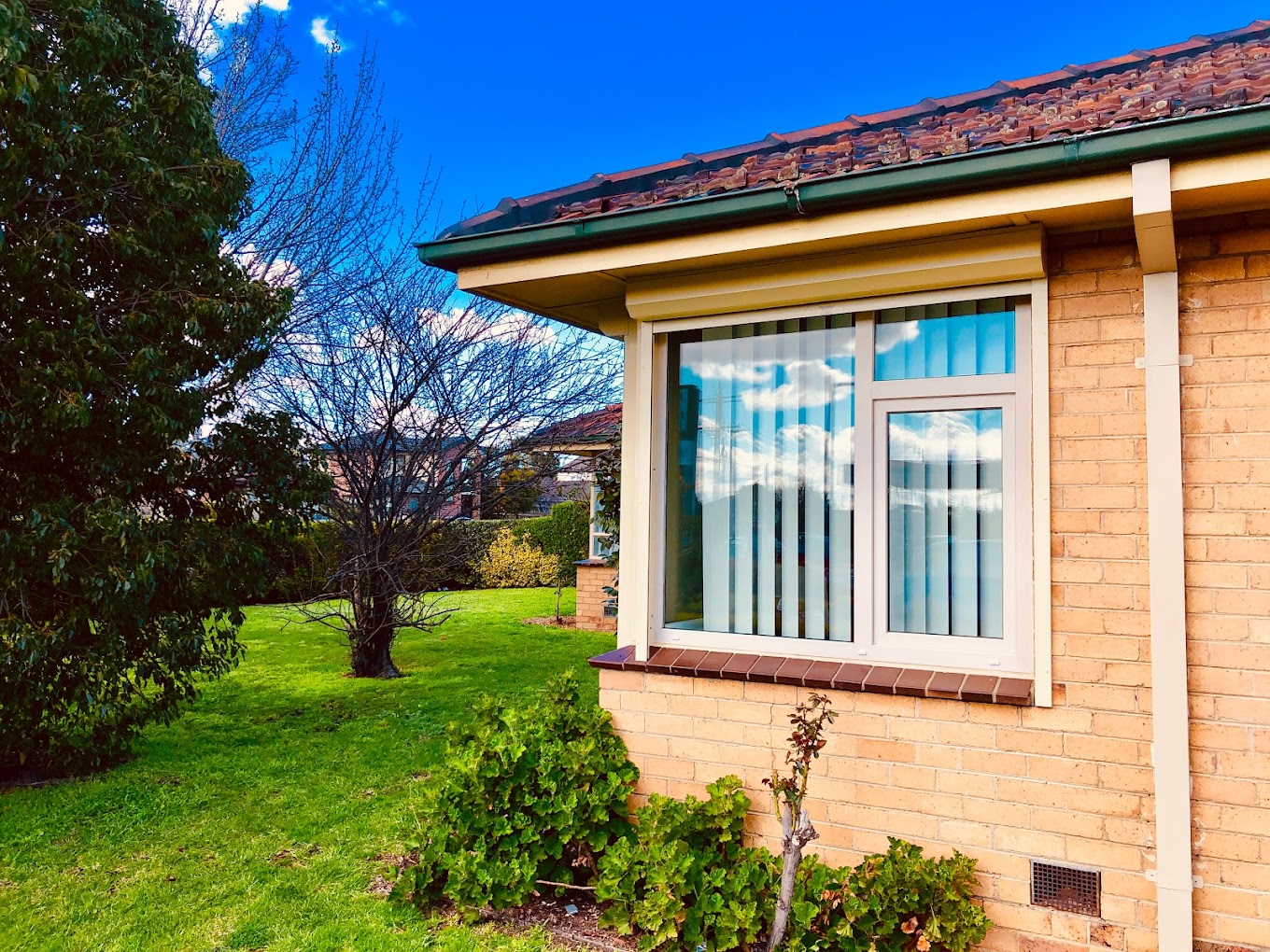All Categories
Featured
Table of Contents
Diy Double Glaze in Cooloongu Western Australia
Laminated glass is typically used in areas in the home most prone to injury from human effect such as restrooms, doors, around staircases and in locations near to the flooring (it satisfies the requirements of 'safety glass' that is mandated for use in these locations by Australian Standard AS 1288 Glass in buildings).
Toughened glass has been 'tempered' by being reheated and quickly cooled again. This procedure makes it much stronger than standard glass it can withstand greater impact loads before breaking. It also makes it much safer because, when it does shatter, it gets into numerous little cubic pieces instead of dangerous fragments.
Single Vs Double Vs Triple - Which Window Is Right For Your ... in Pearsall Western Australia
Toughened glass has no thermal or acoustic benefits over other glass of the same toning or thickness. Secondary glazing is where single-glazed windows are retrofitted with a transparent acrylic or glass sheet connected to the within of the frame or openable sash with a secondary frame or with magnetic strips.


Secondary glazing will not carry out also thermally as a manufactured IGU, because it is impossible to completely seal the border, but it can offer good noise control. Window movies are a thin polymer movie including a soaking up color or reflective metal layer, with an adhesive backing. They adhere to your glazing to alter its colour or make it reflective.
4 Benefits Of Double Glazed Windows In The Summer in Myaree Western Australia
Applied to existing glass, some window films can cut in half the total SHGC of the window by absorbing and/or reflecting solar radiation. This can be especially helpful in hotter climates where cooling is the main concern, or on east and west elevations directly exposed to long periods of sunshine. Window films might likewise lower visible light transmittance.

For this reason, it is generally best to use a recognized installer of window movie. Frames have a significant influence on the thermal efficiency of windows and doors, because energy can be gained and lost through the frame, along with through the glass. Different kinds of frame will permit various levels of heat gain and loss, so careful option of frame is very important for efficient passive style.
A Complete Guide To Double Glazed Windows in Cardup Western Australia
Aluminium is likewise a very great conductor of heat and will reduce the insulating value of a glazing system, unless specifically crafted to lower this. A 'thermally broken' frame is made up of 2 aluminium areas linked by a structural insulator (typically a low-conductivity structural polymer). This 'breaks' the thermal connection through the aluminium and reduces the heat streaming through the frame.
They can be pricey, however rates are reducing as they become more common. Timber frames are an excellent natural insulator that can fit some home styles. Lumber frames need to be made from types that have naturally high sturdiness or be dealt with to prevent decay and contortion. Examine that the timber is sourced from a sustainably handled forest.
Double Glazed Windows Brisbane in Highgate Western Australia
(weather removing) is set up.
u, PVC doors and windows have excellent thermal efficiency Picture: Ben Wrigley (Light House Architecture and Science) Composite frames utilize aluminium profiles on the external sections with either a wood or u, PVC inner section. These combine the low upkeep and resilience of aluminium with much improved thermal performance.
Latest Posts
Reglazing Single Glazed Windows With Double Glazed Units in Yokine Western Australia
Double Glazed Windows in Wattleup Perth
Why You Need Secondary Glazing In The Summer in Viveash Perth